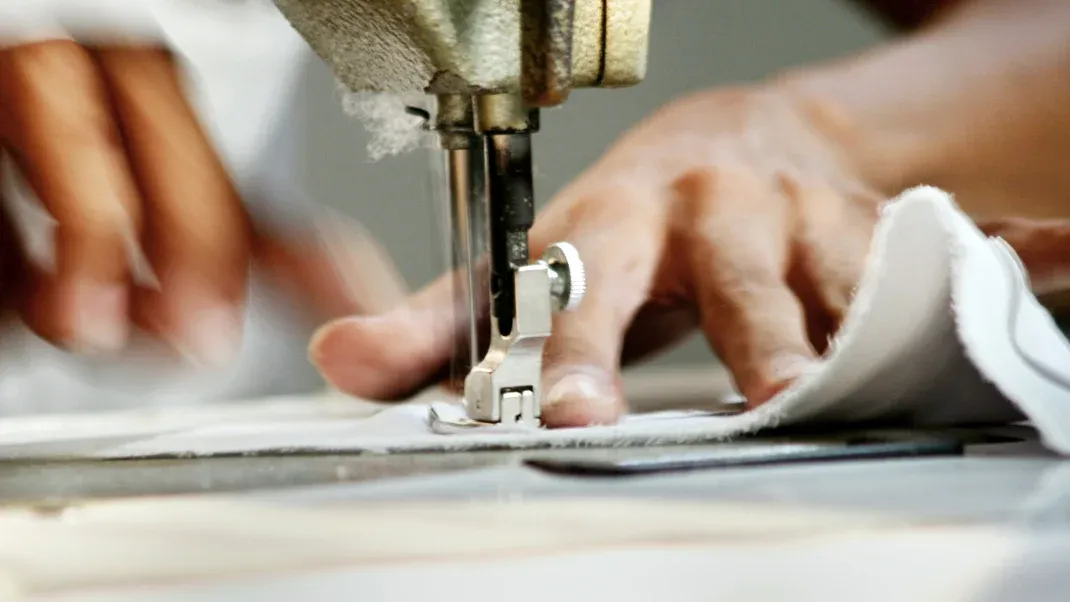Fixing Your Own Hiking Gear is the Ultimate DIY Flex
Fixing Your Own Hiking Gear is the Ultimate DIY Flex is a guide for outdoor enthusiasts who want to take their gear maintenance into their own hands. The book provides step-by-step instructions and tips for repairing and maintaining hiking equipment such as tents, backpacks, and footwear. With a focus on sustainability and self-reliance, the author encourages readers to embrace the DIY attitude and learn how to extend the life of their gear through simple repairs and maintenance. This comprehensive guide empowers hikers to take control of their outdoor gear, saving money and reducing waste in the process.

There's something truly empowering about being able to fix your own hiking gear. In a world where everything seems to be disposable and replaceable, being able to mend and maintain your equipment is the ultimate DIY flex. It not only saves you money and reduces waste, but it also gives you a greater sense of self-reliance and connection to your gear.
Hiking is all about embracing the great outdoors and experiencing the beauty of nature. However, it's also about being prepared for the unexpected. Whether it's a torn backpack strap, a broken tent pole, or a malfunctioning stove, having the skills and tools to fix your gear on the fly can make all the difference in your outdoor adventures.
One of the most valuable skills a hiker can possess is the ability to perform basic repairs on their gear. This can include anything from sewing a ripped tent to patching a hole in your sleeping bag. By learning how to make these repairs, you not only extend the life of your gear, but you also gain a deeper understanding of how it works and how to care for it properly.
In many cases, fixing your own gear can be a simple and straightforward process. For example, if you have a torn backpack strap, all you need is a needle and thread to sew it back together. Similarly, a broken tent pole can often be easily repaired with a splint or some duct tape. By having the tools and knowledge to make these repairs, you can avoid the frustration and inconvenience of having to replace your gear or seek out professional repairs.
Additionally, being able to fix your own gear allows you to customize and modify it to better suit your needs. For example, you might want to add extra pockets to your backpack, or reinforce the seams on your tent for added durability. These kinds of modifications can greatly enhance the functionality and longevity of your gear, and they can be easily accomplished with some basic sewing and DIY skills.
Furthermore, being able to fix your own gear is a great way to foster a sense of self-sufficiency and resourcefulness. When you're out on the trail, miles away from the nearest gear shop, being able to rely on your own skills and ingenuity can be a game-changer. It gives you the confidence to tackle any challenges that may arise and allows you to fully immerse yourself in the experience of hiking without the fear of gear failure holding you back.
In addition to the practical benefits, fixing your own gear can also be a deeply satisfying and rewarding experience. There's a sense of pride and accomplishment that comes from being able to breathe new life into a worn-out piece of equipment. It's a tangible reminder of your ability to take care of yourself and your surroundings, and it fosters a greater appreciation for the things you own and the experiences they enable.
Of course, learning how to fix your own gear does require a certain level of knowledge and skill. Fortunately, there are countless resources available to help you develop these abilities. From online tutorials and how-to guides to hands-on workshops and classes, there are plenty of opportunities to learn the ins and outs of gear repair. Additionally, many outdoor retailers and gear manufacturers offer repair services and replacement parts, making it easier than ever to keep your gear in top condition.
In conclusion, fixing your own hiking gear is the ultimate DIY flex. It not only saves you money and reduces waste, but it also gives you a greater sense of self-reliance and connection to your gear. By learning how to make basic repairs and modifications, you can extend the life of your gear, customize it to better suit your needs, and foster a greater sense of resourcefulness and satisfaction. So the next time you're out on the trail and encounter a gear-related challenge, remember that you have the skills and the know-how to tackle it head-on. And that, in itself, is the ultimate DIY flex.






